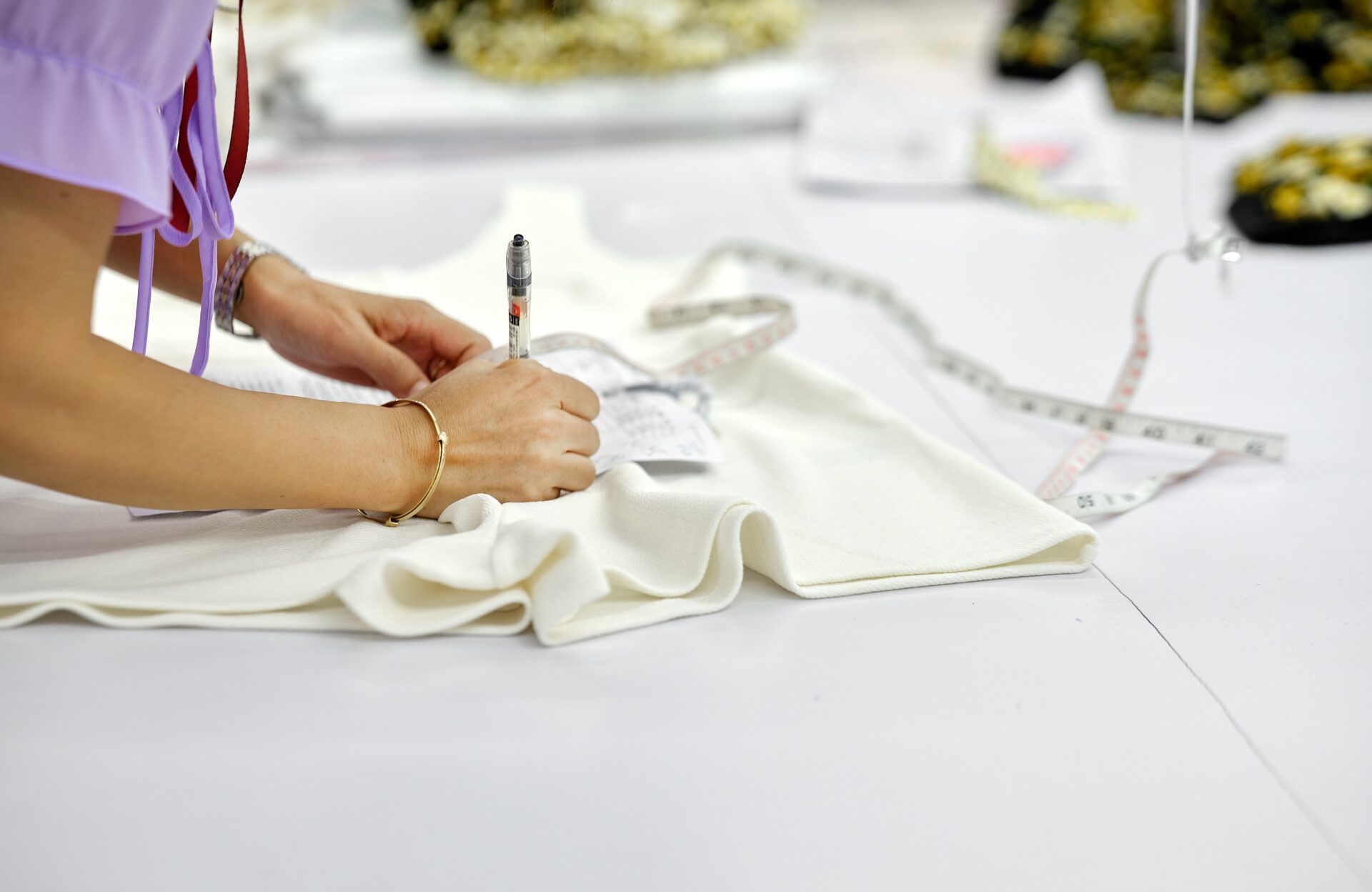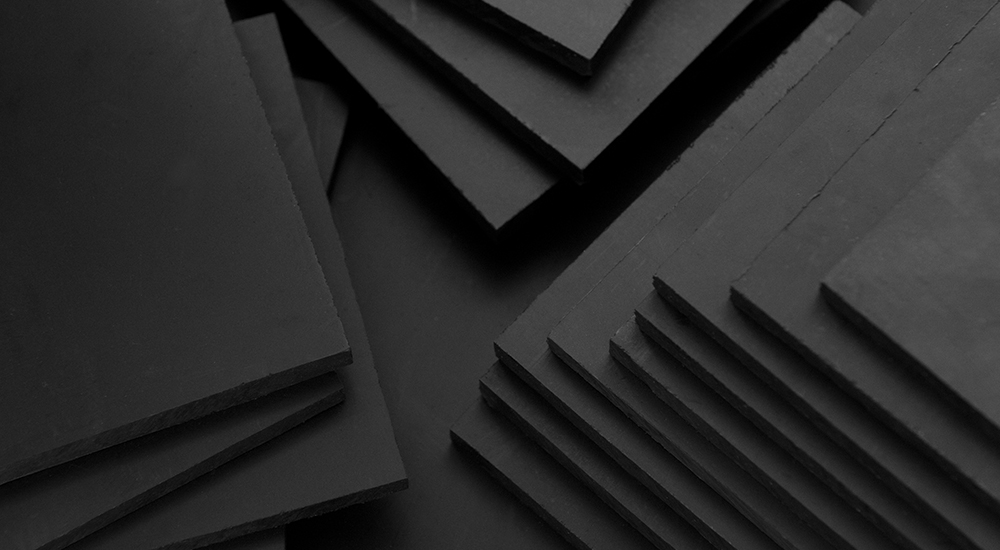For H&M Group, a circular mindset goes beyond embracing new ways of designing products and recycling textiles. It also includes looking at how stores and offices can be constructed and furnished in a more sustainable way – for example by using textile dust, waste and old yoghurt pots.
Our Stories
Built with circularity – from storefronts to office floors
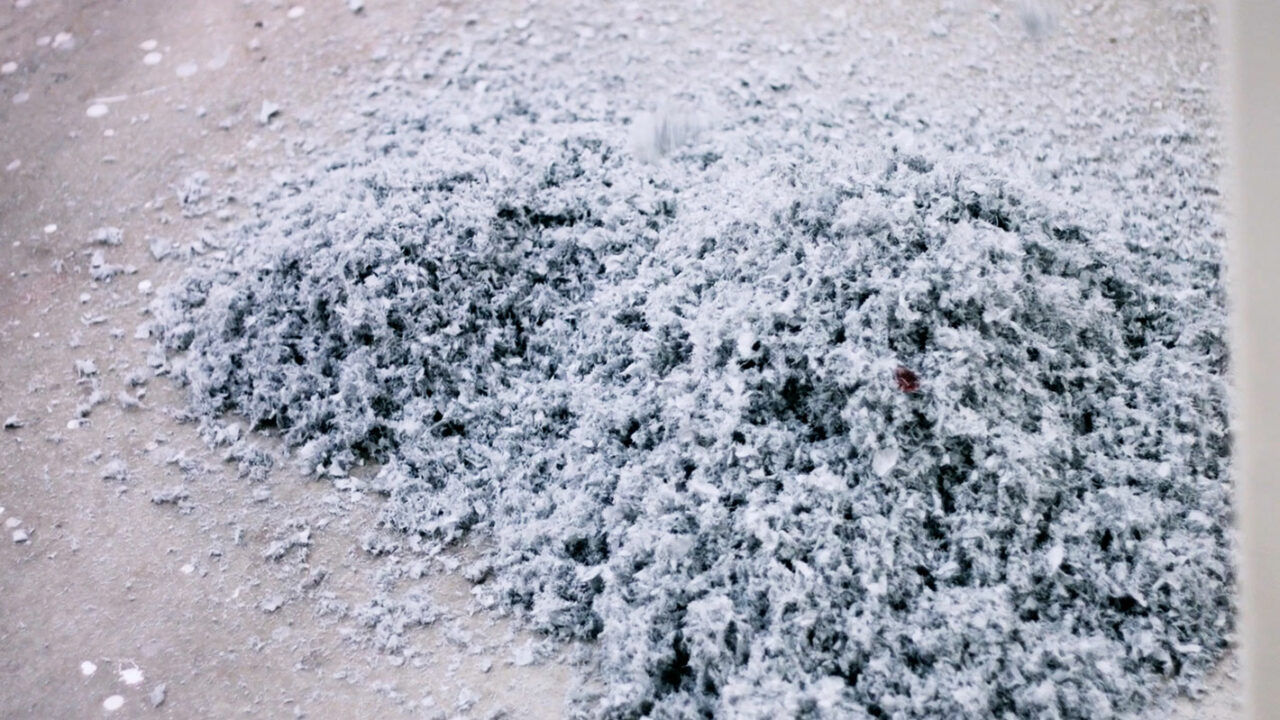
See how sustainable spaces are being created with the help from dust and microorganisms.
H&M Group has around 5,000 stores as well as offices and distributions centres worldwide. Having sustainability in mind when designing, planning and constructing these environments can obviously have a significant impact.
H&M Group’s Circular Innovation Lab is dedicated to investigating new, innovative and more sustainable materials and processes that can reduce the group’s carbon footprint. Finding new materials for the group’s built environments, with the potential to be upscaled, is a continuous challenge. During 2020 the lab worked on many groundbreaking projects. One of these was basically born out of waste from old textiles.
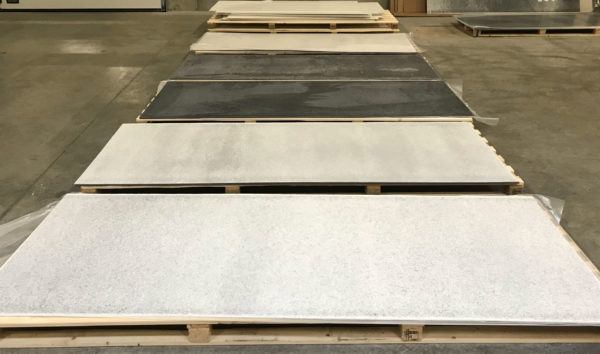
H&M Group’s partner Really creates interior panels made from textile fibres and dust.
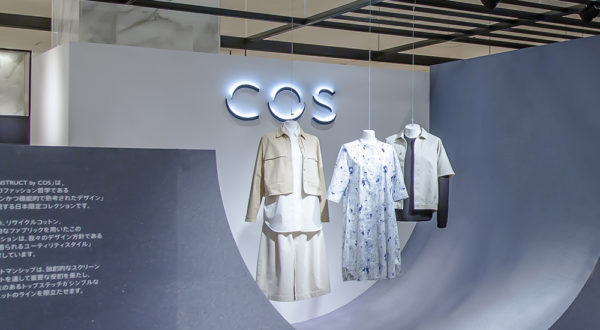
These panels have been used as interiors in H&M stores as well as in this pop-up concept for COS.
Until now, we have only been able to reduce emissions caused by these materials by using less of them. That is simply not enough.

Martin Ekenbark, Project Manager at H&M Group’s Circular Innovation Lab.
Exploring lab-grown concrete
Among the other exciting projects taking place is the testing of biocement, a material that can actually grow with the help of microorganisms. BioMason is an American startup that challenges conventional concrete with biocement made of waste aggregate and microorganisms mixed with water.
The innovation can reduce a crucial amount of the carbon footprint, something which raised the Circular Innovation Lab’s interest. Tiles and concrete pose major challenges from a sustainability aspect, since they have a high climate impact and can’t be recycled.
A promising pilot has begun to test biocement as a floor in one of the H&M offices in Sweden. Finding new alternatives to tiles and concrete, as well as processes for manufacturing these materials in more sustainable ways, could have a major positive impact. “Until now, we have only been able to reduce emissions caused by these materials by using less of them. That is simply not enough”, says Martin Ekenbark, Project Manager at H&M Group’s Circular Innovation Lab.
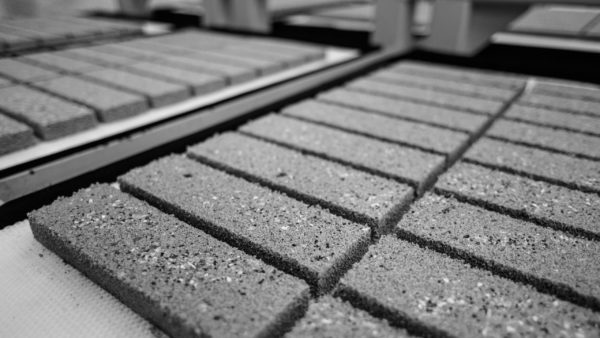
The cutting-edge innovation Biocement grows in a lab and has very little impact on the environment.
Construction and demolition waste accounts for approximately 25–30% of all waste generated in the European Union. This waste consists of materials such as concrete, wood, metals, glass and plastic – many of which can be recycled and reused.
During 2020, H&M Group created a strategy for reducing its carbon footprint caused by built spaces, made in in collaboration with the Ellen MacArthur Foundation. “Becoming a fully circular business needs to be applied throughout the entire value chain. An important part has been to not only address our core business, but also our built environments”, says Ulrika Nordvall Bardh, Strategy Lead Circular Economy at H&M Group.

Ulrika Nordvall Bardh, Strategy Lead Circular Economy at H&M Group.
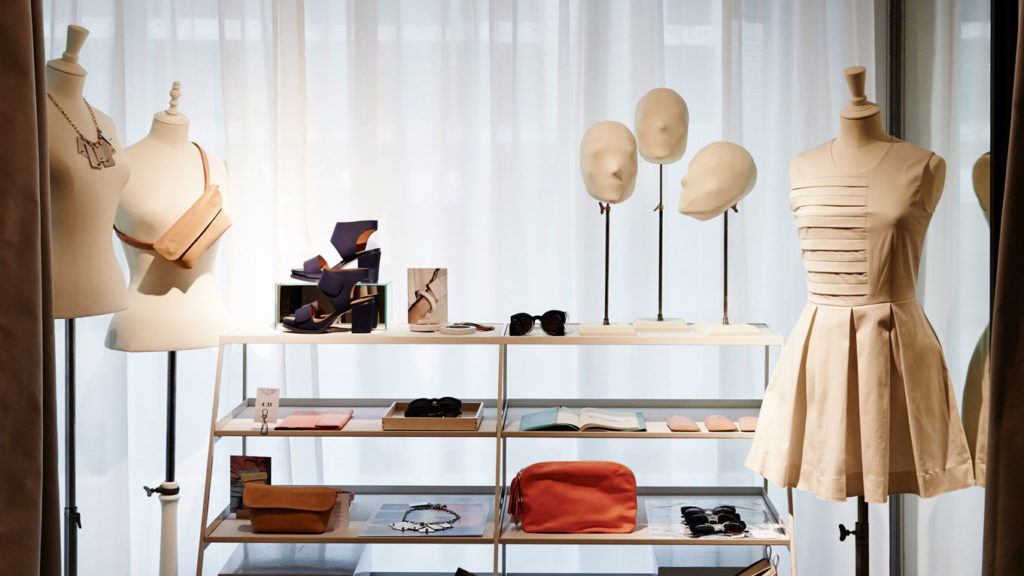
& Other Stories prolonged the life of their mannequins to save resources and new material.
“By using a circular mindset, we can save a lot of resources”, says Ulrika Nordvall Bardh, pointing out that sustainability efforts go hand in hand with profitability.
The new strategy for built environments shines a light on optimising resources used in the group’s stores and offices, by reusing interior and construction materials to cut waste.
“With the help from our creative sales teams, many brands have contributed to a circular mindset in stores during 2020. For example, & Other Stories has prolonged the life of its mannequins by using environmentally friendly water-based colours to change the appearance of the mannequins, instead of ordering new ones. Another inspiring example is Monki, which has used recycled yoghurt pots in their window interiors”.
H&M Group's circular built environment goals:

- Reduce carbon dioxide (CO2) emissions across our value chain by 50% by 2030
- Design all new products for stores, offices and distribution centres to be reusable, repairable or recyclable from 2021
- Use only recycled or other sustainably sourced materials by 2030, with preference for post-recycled materials
- Reuse, repair or recycle all products and materials by 2030, with preference for reuse

